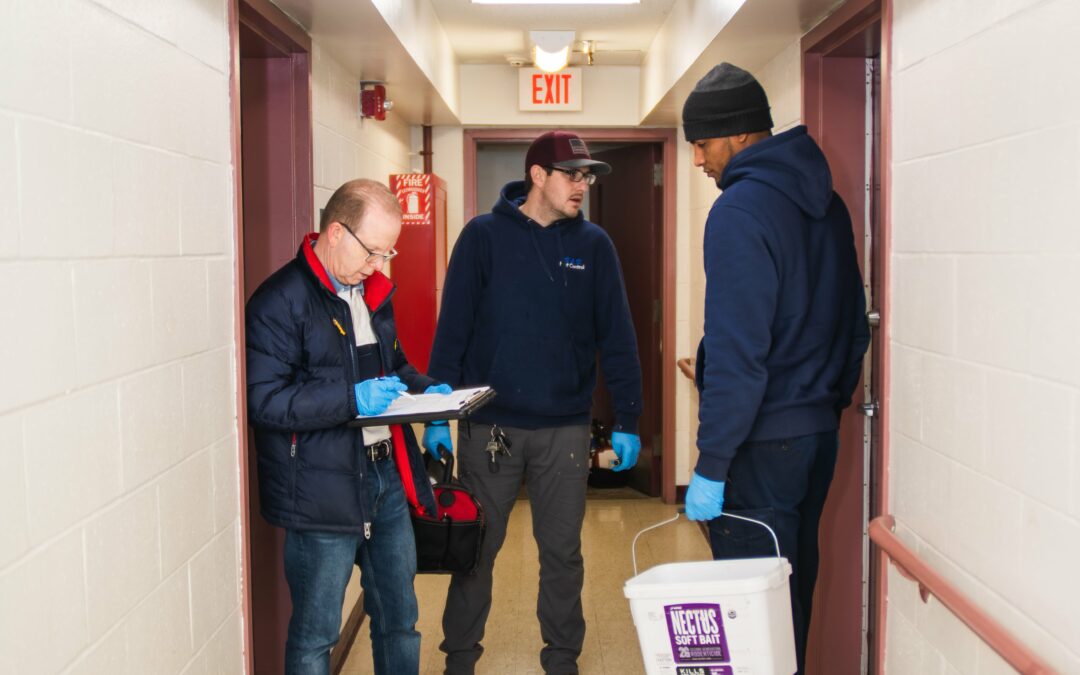Several species of earwigs can be found in the United States, some of which are native, while others are non-native. The earwig species that are well documented as being common pests of homes and buildings in the US are generally non-native species, the most notable of which, the European earwig, is particularly abundant in the northeast. In Massachusetts, the European earwig is the most commonly encountered species of its kind within homes, while a second pest species in the state, the ring-legged earwig, is more problematic in the southeastern states. Earwigs are mainly nuisance insect pests within homes, but they may damage indoor plants, and their infestation behaviors are similar to those of cockroaches.
European earwigs were first discovered in the US back in 1901 when specimens were recovered from Newport, Rhode Island. Four years later the non-native insects were recovered from infested homes in Seattle, and today they can be found throughout much of the country. Earwigs are easy to recognize on account of their relatively large size and intimidating pincers (forceps), which range from 3.5 to 7 mm in length. Females are around ⅔ of an inch in length, but they often grow well beyond this size, and their body color is usually reddish-brown with light-colored wing-covers, legs and antennae.
Unlike cockroaches, which are well adapted to thriving within homes and buildings, earwigs cannot reproduce indoors, and they are unable to maintain a lasting presence in homes unless they secure a suitably moist harborage. However, much like cockroaches, earwigs are nocturnal and hide in homes during the day, they are quasi-social in nature, they congregate in moist indoor areas, their infestations are accompanied by an unpleasant odor, and they often invade homes in tremendous numbers. Heavy earwig infestations have seen the pests infest indoor food items and occasionally nip at human skin with their pincers, but such incidents are not considered the norm when it comes to infestations.
Have you ever encountered earwigs within your home?

